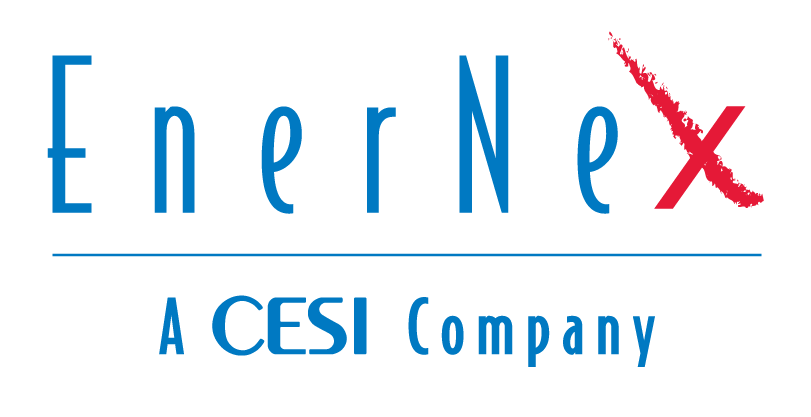ADMS: a Product or a Philosophy?

By: Ron Chebra, VP of Grid Modernization
rchebra@enernex.com
865-770-4874
As more and more utilities undertake their Grid Modernization journey, an Advanced Distribution Management System (ADMS) is frequently at the core of many of their technology plans. An ADMS typically encompasses multiple application functions such as, Distribution Scada (dSCADA), Outage Management (OMS), Distribution Management (DMS), Distributed Energy Resource Management Systems (DERMS) and in many cases a Demand Response Management Systems (DRMS). The core enablers to these applications are a suite of supporting systems and tools such as, Graphical Information System (GIS), distribution connectivity model, Asset Management System (AMS), Workforce Management System (WMS) and a data repository system with robust data analytics. The key to enabling the seamless exchange of information is a real-time streamlined operational service bus the most effective means to facilitate harmonization and unified user interfaces.
Many vendors today offer both packaged solutions and comprehensive packages as well as incremental modules that address the complexity of an ADMS. This includes, but is not limited to ABB Ability Network Manager; Advanced Control Systems’ Prism; GE’s Advanced Distribution Management Solutions, Oracle’s Utilities Network Management System; OSI’s Monarch (Multi-platform Open Network ARCHitecture) platform; Schneider Electric’s EcoStruxure ADMS; Siemens Spectrum Power ADMS and Survalent Technology’s SurvalentONE.
However, few if any utilities today are in a position where they can do a clean start by deploying a full turn-key package solution from a single provider. Historically, many of the core elements of a packaged ADMS may already be in place, be fully operationalized, or are already integrated into operations. Also, utility users have benefited from many years of experience, including training and execution expertise, and have established methods and processes in place to leverage these investments.
How then is a utility to benefit from all of the additional value that a highly integrated ADMS can provide when they may have some of the pieces without the full suite? In my view, ADMS is more of a philosophical approach than a package.
A large number of utilities already have Advanced Metering Infrastructure (AMI) systems, and are taking advantage of the information provided by edge sensing and reporting that intelligent meters provide in areas such as voltage threshold reporting and outage “last gasp” messaging. Integration of this into an OMS has enhanced their isolation and outage reporting capability. This first step of integration also frequently leads to a need to ensure the distribution level circuit modeling is up to date and orchestrated with GIS information.
In some areas where Distributed Energy Resource (DER) deployment is accelerating, utilities have deployed DER management systems (DERMS) and in a similar manner have examined hosting capacity and network analysis. Demand Response (DR) is another long-standing application where many utilities have made investments in DR management systems (DRMS). These systems represent investments that can be viewed from a bottom-up or top-down perspective.
From a fit for need purpose (bottom-up), these systems are designed to achieve their objective. They are generally optimized to leverage information, perform their designated decision management functions and are able to execute command and control. From a holistic perspective (top-down), orchestrating individual functions under an ADMS philosophy often times can provide additional options that can be optimized to achieve the desired result.
Non-wires alternatives (NWA) or non-wire solutions (NWS) is a good example of how an ADMS “approach” may be best suited for this meet requirement.
Let’s assume that a given area needs relief during a congested or peak period; while the singular DRMS approach may be to call upon a number of subscribed participants for a DR event to meet the peak, the ADMS approach may decide to use the DR call or some subset of this in conjunction with a Conservation Voltage Reduction (CVR) event for the impacted feeder along with switching in some additional cap banks.
The ability to provide other options necessitates a level of situational awareness and an increased span of control that can only be realized when all of the pertinent information and control is harmonized. Taking an ADMS philosophy drives information exchange strategies and integration and establishes a richer set of user interfaces that performs greater levels of common control.
Another application use case for harmonized interaction and interchange following the ADMS approach is Fault Location Isolation and Service Restoration (FLISR). Traditionally this may have been handled locally by the DMS or by automatic reclosers and sectionalizers; however, with the augmentation of information from the AMI system provided by the impacted meter’s last gasp and other sensor data provided by edge devices, the alignment of this information can then be applied to a dynamic network connectivity model. This can yield even more granularity and specificity to fault isolation. When this info is then combined with data pulled from Asset Management and GIS, replacement asset allocation and workforce preparatory processes can be further optimized to reduce mean time to repair and restore.
Getting to this philosophical realization is possible, but the journey must begin with the end in mind and a map to get there. To quote the Yogi Berra, “If you don’t know where you are going, you won’t know when you get there.”
EnerNex is here to help you with your roadmap and plan.

